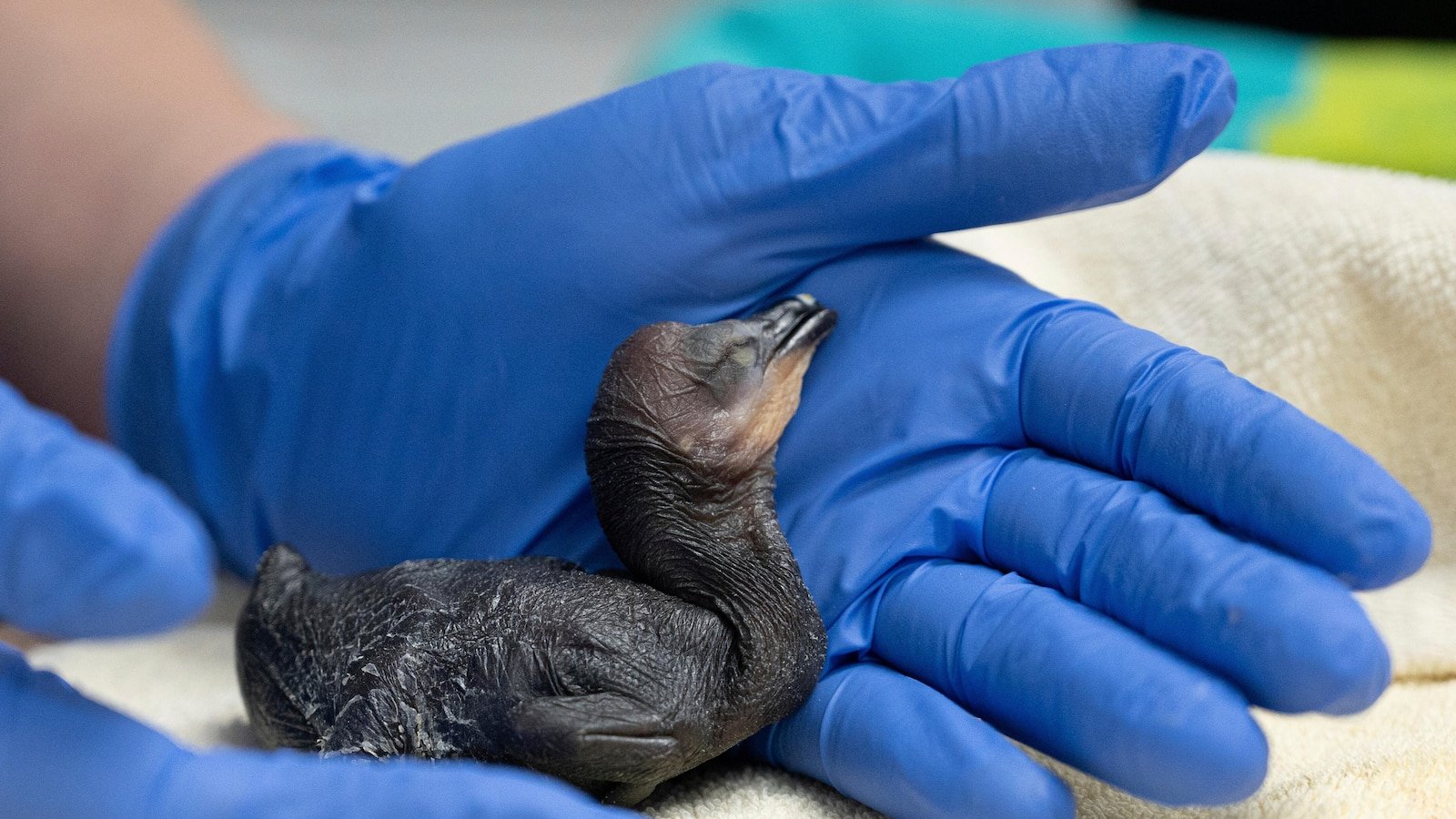Dozens of eggs and bird chicks were rescued from the nests in a single eucalyptus tree damaged by the wind that was dangerously close to collapse in a California park.
Now the staff of the Wildlife Center of Los Angeles of International Bird Rescue has been working 24 hours to take care of the 47 eggs and 12 chicks, all double -crest, hoping that they can be released in nature in a few months.
The tree in a park in Marina del Rey was marked earlier this month after one of its trunks fell and crushed a garbage enclosure, explained Nicole Mooradian, spokesman for the Los Angeles County beaches department AND Ports His other trunk also showed signs of collapse, threatening not only the birds but also to anyone on the nearby public catwalk or in the parking lot.
“It was not about whether this tree is going to fail, it was more when,” he said Monday. “The cracks grew more every day. It was really bad.”
For at least five hours on March 10, trees contractors meticulously eliminated each of the 20 nests and cut the branches at a time. Biologists on the ground placed the eggs and offspring in cardboard and egg boxes with heated blankets that act as temporary incubators.
The double -crest cormorants are common in southern California and tend to nest in large colonies that can crowd a single tree, explained Kylie Clatterbuck, manager of the Wildlife Center for bird rescue. For approximately a month, the parents cormoranes incubate the eggs and then give regurgated food chicks for several weeks.
Taking care can be very difficult because when they hatch are essentially “small” naked “skin balls that depend completely on their parents, he said.
In the rescue in San Pedro, the chicks must feed every hour from 8 am to 8 pm when the personnel interact with them, use a black suit and disguise their face, while using lures and puppets to prevent birds from forming an accessory with them, which could make them too trustable in humans in nature.
The rescue staff expects the birds to stay for at least three months and then, once they can hunt alone and fly, they plan to release them in nature.
All chicks are healthy and happy, with about 2 weeks and already eat entire fish, Clatterbuck said.
“It’s really hard to raise birds. We do everything possible; we do what we know; we try what we know,” he said. “And we can only expect them to do a good job and can survive.”





